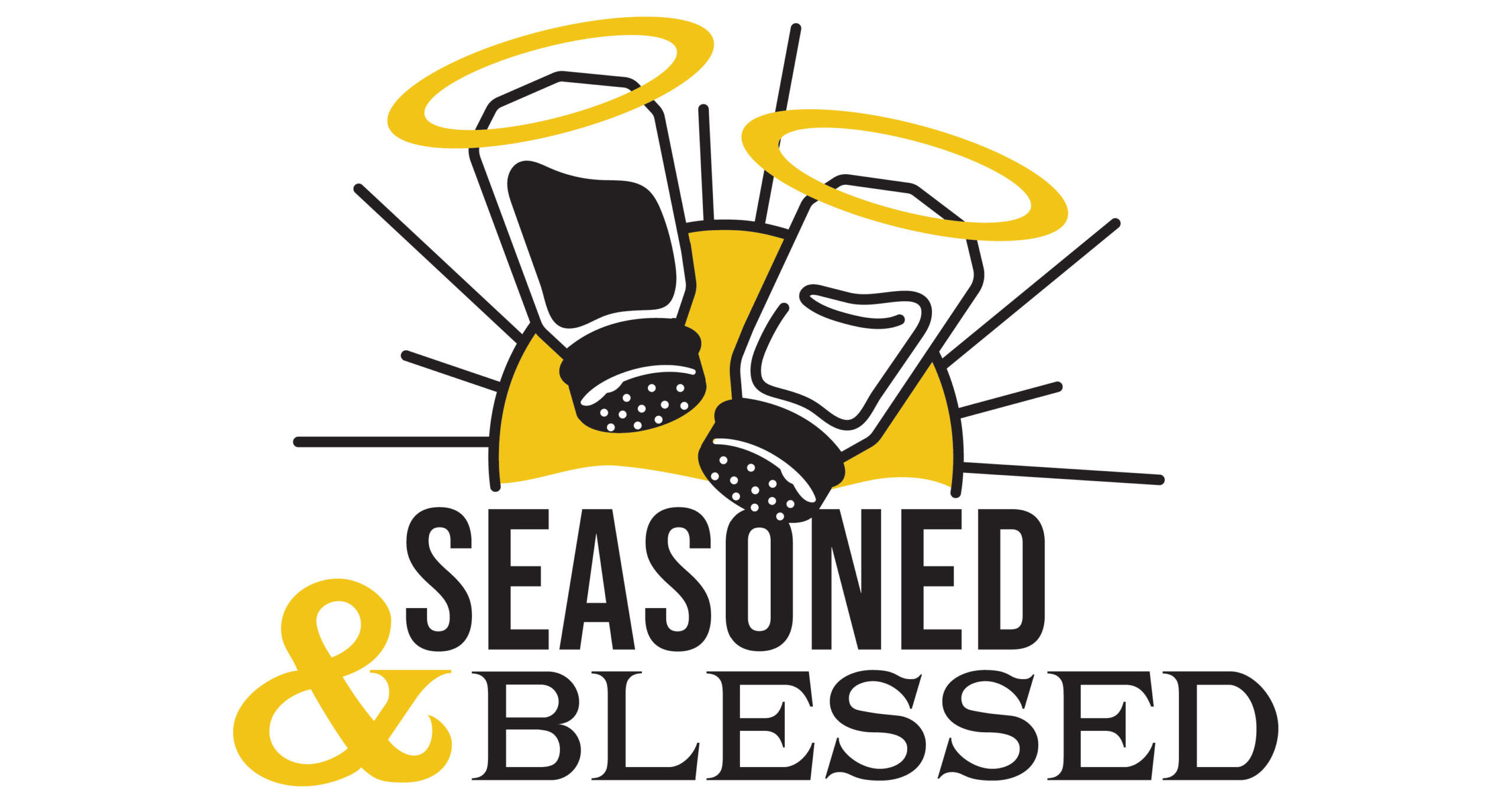
Photo Credit: Crewhu!
I’ve seen it time and time again, businesses struggling to stay afloat because they either don’t have a clear outline of goals for their business, or they have a set of goals and no idea how to implement them into their daily routines. This is where SMART goals come into play. However, before we get into what SMART goals are, lets talk a little bit about a few key elements that make up a Marketing Campaign.
According to the article, Marketing Strategy vs. Tactics-Explaining the Difference, there are three very important components that go into a marketing campaign (Charliesaidthat,2019):
GOAL: The end result of what you desire to achieve through your marketing campaign
STRATEGIES: The plan that is created to help determine what needs to be done to reach said goal
TACTICS: The practical and realistic actions that you will perform daily in conjunction with your strategies to help you successfully reach your goal.
Pretty simple huh?
Now that you have an idea of what a marketing plan consists of, let’s work on setting a SMART goal.
Goals without any thought or plan into how they are going to be achieved, are merely words on a piece of paper. It is important to set SMART goals because they provide a clear and concise outline of how you will be successful in your marketing campaign. Let us look at what exactly SMART means.
S: Specific- Are my goals able to directly point out the problem or capitalize on an opportunity?
M: Measurable- Am I able to collect data on this goal to determine where I may or may not need improvement?
A: Attainable- Can I accomplish this goal in a measurable timeframe? Will I overextend myself trying to reach this goal?
R: Realistic- (Insert opening line to Bohemian Rhapsody here) Are your goals realistic or are your possibly setting yourself for failure by taking on more than you are capable of?
T: Timely- Is this a short-term or long-term goal? Is there a feasible deadline that you want the goal to be completed by?
By remembering to think SMART, you’re laying the foundation for a successful marketing campaign complete with clear, concise, measurable, and attainable GOALS.
For our next two components, let’s look at the following example:
Carlos wants to increase traffic to his website by 50% over the next month. First things first, is this a SMART goal? Yes, it checks all of the boxes. Now, we look at formulating a strategy. Some examples of good strategies would be to increase the amount of posts that will reach your target audience, guest posting on another website or blog with linkbacks to your website, or provide your social media handles on your website and vice versa. Alright, now that we have a goal and some strategies, let’s throw some tactics into the mix. Starting with the strategy of increasing the amount of posts for the target audience we can create content that are relevant to our audience and send them out during specific times of the day, mainly around the times our audience would be most engaged. This method would also work for guest posts in which you have the ability to send one link to several different social media platforms. For sites like Instagram, a recent announcement was made that the Social Media giant will be focusing more on Reels rather than static pictures. When asked about the switch over, Justin Osofsky (2021) stated:
“We see Reels as a great way for people to discover new content on Instagram, and so ads are a natural fit. Brands of all sizes can take advantage of this new creative format in an environment where people are already being entertained.”
– Justin Osofsky, Instagram Chief Operating Officer
Lastly, let’s discuss KPI or Key Performance Indicators. These are tricky because there are so many variations out there. The “Key” is to make sure the ones that you select line up with the SMART goals that you are trying to reach. Looking at our goal of increasing website traffic by 50% we can measure that using the daily/weekly/monthly visitor function via Google Analytics. This KPI will tell us whether or not our tactics are working and provide important information to brands that want to work with us. An increase from 1000 visitors a month to 1500 visitors would mean our SMART goal of a 50% traffic increase would be met.
References:
Charliesaidthat. (2019). Marketing strategy vs. tactics-explaining the difference. Retrieved from https://charliesaidthat.com/digital/digital/difference-between-marketing-strategy-vs-tactics-an-example/
Introducing Instagram Reels Ads: Grow and Reach New Customers. Instagram for Business. (2021). Retrieved 19 September 2021, from https://business.instagram.com/blog/introducing-instagram-reels-ads.
Photo Credit:
Spiegel, S. (2021). SMART Goal Examples to Help You Get It Right. Crewhu.com. Retrieved 19 September 2021, from https://www.crewhu.com/blog/smart-goal-examples-for-employees.

Along with S.M.A.R.T. Goals we implement Agile methodologies, the methodology I like is the fail fast. So if a method is not progressing in a allotted time then consider the plan as a fail and go back to the drawing board. This initiative would work better in a social media type of campaign and reaching that target market, because you can see the visibility and exposure to the target audience from the statistics that the social media site provides.
As someone starting her own business, I love this because I had this in the back of my mind and it helped a lot. However I can admit that it went to the back burner when I got into the actual movement and execution of the biz. That said, I appreciate you brining it back to the frontal cortex of my brain as a pleasant reminder!
Can’t wait for the next in this series, Aaron!